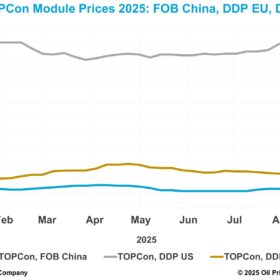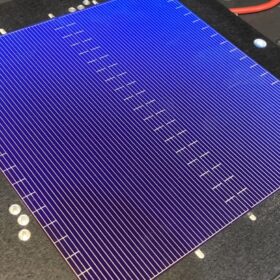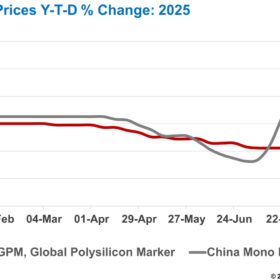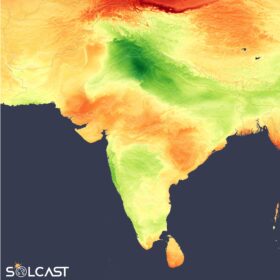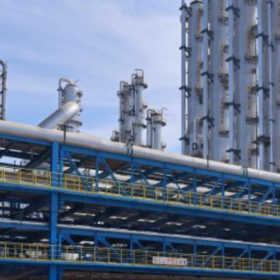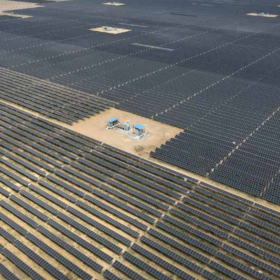China TOPCon solar module market awaits Q4 policy signals
In a new weekly update for pv magazine, OPIS, a Dow Jones company, provides a quick look at the main price trends in the global PV industry.
ALMM for solar wafers: Advantage for early entrants
The Approved List of Models and Manufacturers for solar wafers (ALMM List III) could enable solar manufacturers that establish wafer capacity early to achieve superior margins in FY2029/30, as wafer demand is expected to align with broader market demand thereafter.
How lithium-ion batteries are reshaping the energy landscape
With renewable energy now making up nearly half of our installed power capacity, storage is the key to making clean energy truly dependable. On a national level, large-scale energy storage projects will be vital for balancing the grid and ensuring a steady flow of power, even when the wind isn’t blowing or the sun isn’t shining.
Carbon as collateral: The next big idea in consumer lending for green assets
Carbon as collateral represents a practical financial innovation that can influence the pace of sustainable adoption in India. It assigns clear monetary value to environmental benefit and integrates this into consumer lending models. With appropriate regulatory backing and reliable accounting systems, the idea holds potential to expand credit availability, reduce cost barriers and support national climate commitments while creating long term economic opportunities.
Why smart metering is the unsung hero of India’s solar push
At their core, smart meters are data engines. They provide utilities with visibility into how, when and where electricity is consumed. That granular knowledge allows grid operators to forecast demand more accurately, balance loads and absorb greater volumes of variable solar generation. Without it, the grid risks becoming brittle, prone to blackouts when clouds pass over solar farms or demand surges unexpectedly.
The steel supply crunch threatening U.S. solar ambitions
With U.S. domestic steel mills booked solid through 2025, a sudden doubling of tariffs on imported steel has created a critical bottleneck for American industries. The move, which hits specialized Indian steel particularly hard, is now delaying projects for builders and renewable energy developers who rely on steady, affordable supply.
China polysilicon prices climb 50.7% from July low despite growing inventories
In a new weekly update for pv magazine, OPIS, a Dow Jones company, provides a quick look at the main price trends in the global PV industry.
Early monsoon triggers irradiance swings across India in August
In a new weekly update for pv magazine, Solcast, a DNV company, reports that solar irradiance fell by up to 30% in India’s northern regions during the southwest monsoon season, while central areas of the country made solar gains.
Why phasing out ISTS waiver is a step towards equitable energy development
The gradual phase-out of ISTS charges waiver for solar and wind projects–75% for projects commissioned by June 30, 2026, 50% by June 30, 2027, and 25% by June 30, 2028, and zero thereafter–is bound to push up final price for end consumers. The shift could increase tariffs by INR 0.40–0.50 per unit
Draft ALMM List-III signals India’s push for self-reliance in solar manufacturing
The draft order for the implementation of the Approved List of Models and Manufacturers (ALMM) for wafers and ingots clearly indicates the government’s commitment to advancing domestic solar PV upstream integration and bridging the capacity gap between modules, cells, and wafers. Issuing this order nearly three years before its effective date and one year before the implementation of ALMM List-II will allow solar manufacturers to plan for wafer capacity alongside their upcoming cell capacities.
